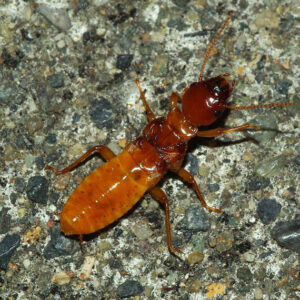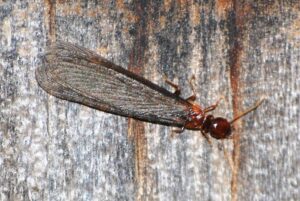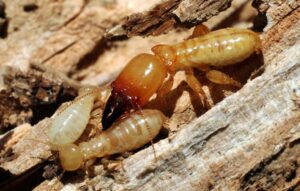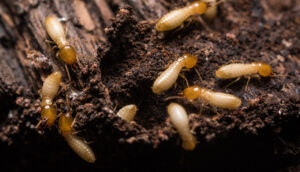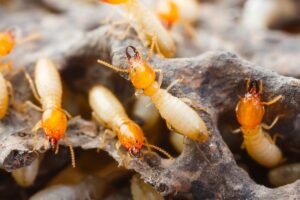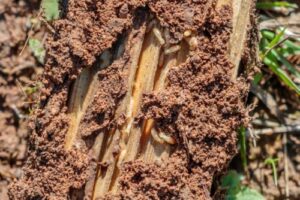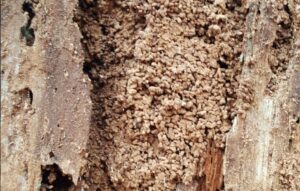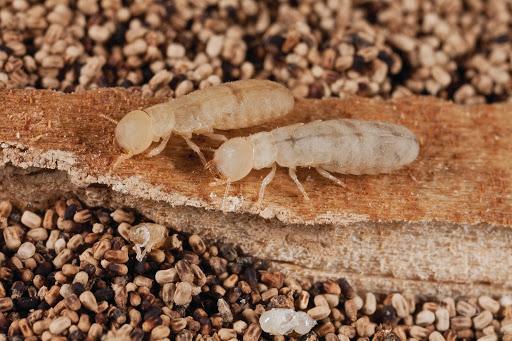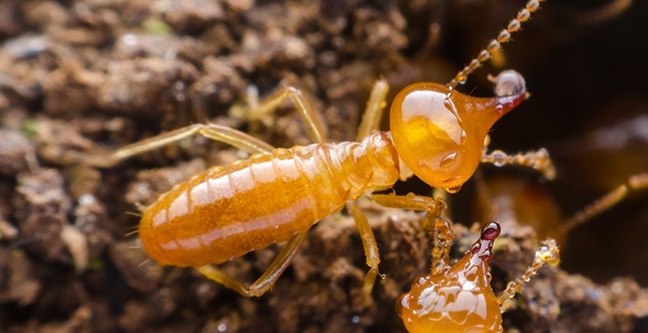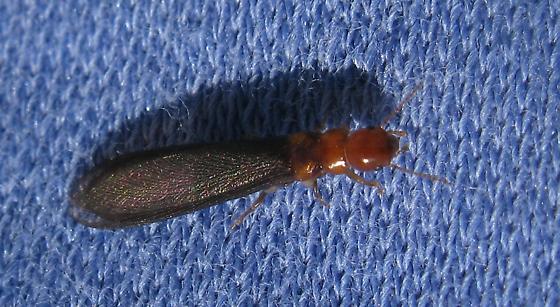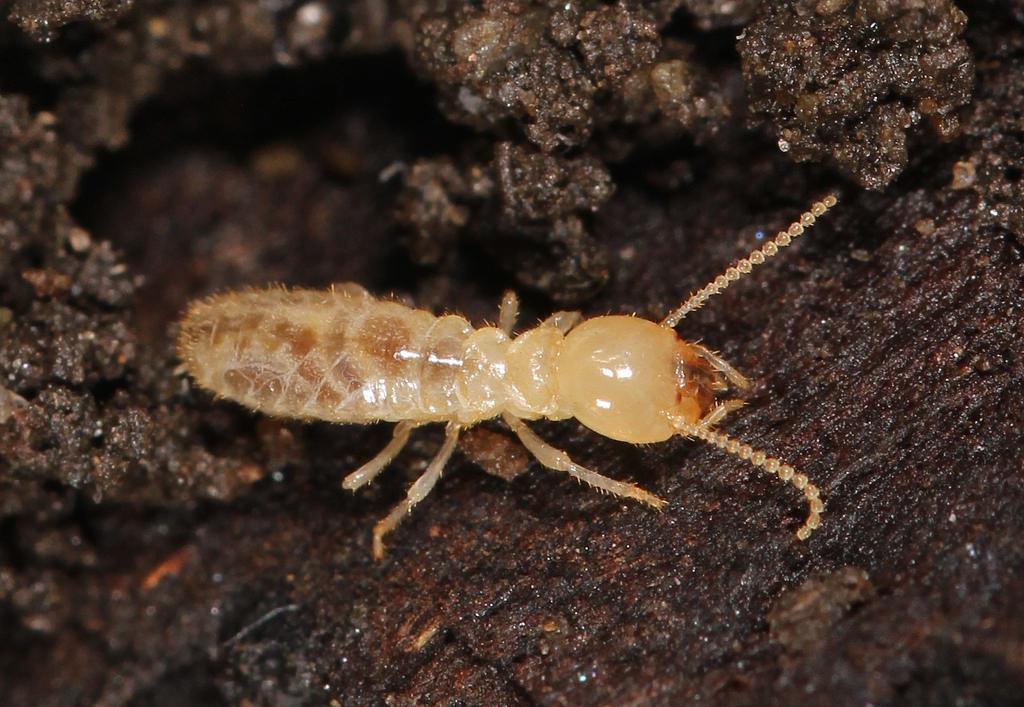Dampwood Termites (Archotermopsidae)
Updated on
30/11/2022The members of the family Archotermopsidae are known as dampwood termites. It is a rather primitive and small family having five extant genera with 13-20 species that are still living. As their name suggests, they live off wood with high moisture content. They invade wood lying on the ground, especially if it is decaying.
These termites are nuisance pests but don’t cause extensive damage to homes and other man-made structures, as is the case with drywood termites.
Scientific Classification
- Class:Insecta
- Order:Blattodea
- Superfamily:Blattoidea
- Family:Archotermopsidae
Conservation Status
Description and Identification
The dampwood termites in a colony are divided into the immature (nymph), soldier, and swarmer castes. The winged swarmers can be 25 mm long, including their wings. The size of the soldiers is 20 mm, and that of the immature termites is 20 mm. This makes them the biggest termites of North America. They have large heads with mandibles (pincers) in front. Their body color is light to deep brown and can even be reddish, especially near the abdomen.
Distribution: Pacific coast, southwest desert, and southern Florida in the United States.
Habitat: Colonies are built in damp wood, such as rotting logs and stumps or other wood debris from trees. They don’t typically nest in soil.
Do They Bite/Sting: Yes, but they rarely bite.
Lifespan: Around two years.
Predators: Ants, wasps, mice, birds, snakes, frogs, toads, anteaters, aardvarks, mongooses, roundworms, crab spiders, crickets, dragonflies, cockroaches, etc.
Behavior and Characteristics
Diet
They ingest the wood of felled timber, stumps, and dead trees. There are specialized organisms in their intestines that help them in their digestion.
Nest-building
Their nests are a series of chambers in wood that are connected with walls so smooth that they seem to be sandpapered. They seal the entry holes of the galleries they live in with fecal pellets to maintain humidity levels inside.
Life Cycle
1. Egg Stage
A few eggs are produced in the first year of starting a colony.
2. Nymph Stage
The cream-colored nymphs take care of the swarmers and do all the work in the colony.
3. Adult Stage
A pair of swarmers (king and queen) starts a colony by building a nest in a suitable piece of wood. The colonies are usually small, but they can get huge in ideal conditions.
Comparison with Similar Species
Subterranean Termite
Subterranean termites are bigger and more common than dampwood termites. Also, the latter do not create shelter tubes like the former and live entirely within the wood they consume.
Drywood Termite
Unlike their dampwood cousins, drywood termites seek out non-decayed or sound wood. Plus, they don’t require any above-ground moisture. All the moisture they need is extracted from the wood they eat or through their metabolism. In contrast, dampwood termites need high humidity levels to survive.
Getting Rid of Dampwood Termites
Sources of moisture should be removed as the first step of getting rid of the pests. It can be done by diverting water away from a building’s foundation. Leaking water pipes, faucets, and AC units outside the house should be repaired as the termites are drawn to these structures. The firewood storage area should be at least 20 ft away from the house. To reduce indoor populations humidity levels should be lowered by properly ventilating attics, crawlspaces, and basements. If there is an infestation, borate treatments, and, in special cases, fumigation, can be used to kill dampwood termites.
Source
alsalahpestcontrol.com, inaturalist.ca, rambopest.com, eradipest.com, abat.hn, pestwiki.com




